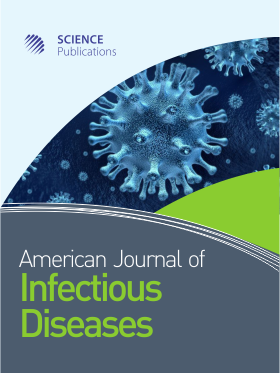Nutritional control of HIV-AIDS-A case for Selenium
- 1 The Pennsylvania State University, United States
- 2 Boston University Medical Center, United States
Abstract
Selenium (Se) is a micronutrient that is incorporated into proteins. Some of the selenoenzymes such as GPXs and thioredoxin reductases exhibit glutathione peroxidase-dependent activities towards organic and inorganic peroxides. Thus, selenoenzymes play a pivotal role in mitigating oxidative stress caused by accumulation of peroxides. In this respect, selenoproteins may interfere with the transcription-driven by oxidative stress-dependent signaling mechanisms to influence the expression of redox sensitive genes, including inflammatory cytokines and HIV provirus. Several epidemiological studies support our view that Se supplementation affects transcription of HIV; however, the underlying mechanism is not elucidated. In this mini review, we consider the relationship between Se and HIV and propose possible mechanisms by which Se controls HIV transcription.
DOI: https://doi.org/10.3844/ajidsp.2007.195.201

- 4,495 Views
- 3,080 Downloads
- 0 Citations
Download
Keywords
- Tat
- NF-kB
- thioredoxin reductase
- transcription
